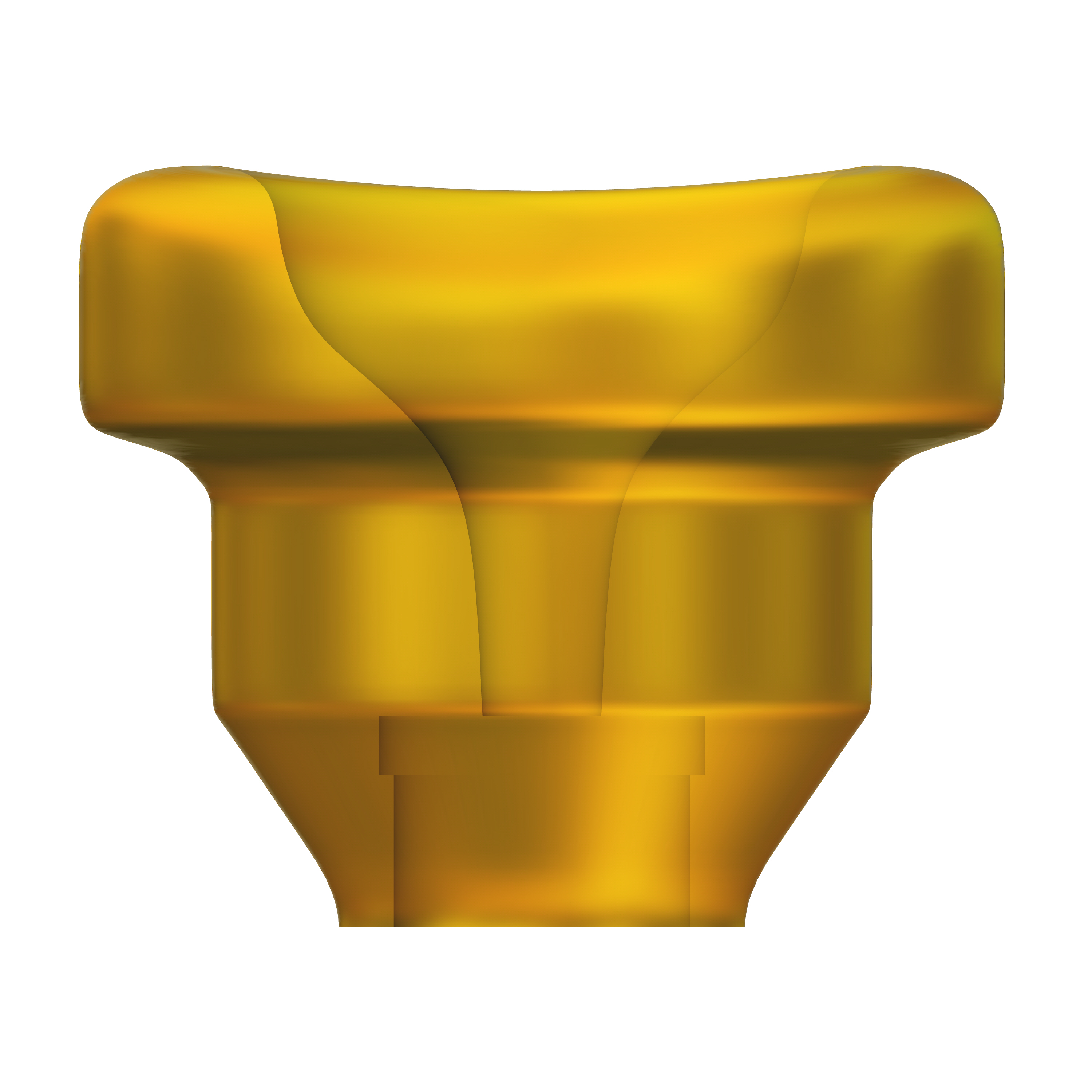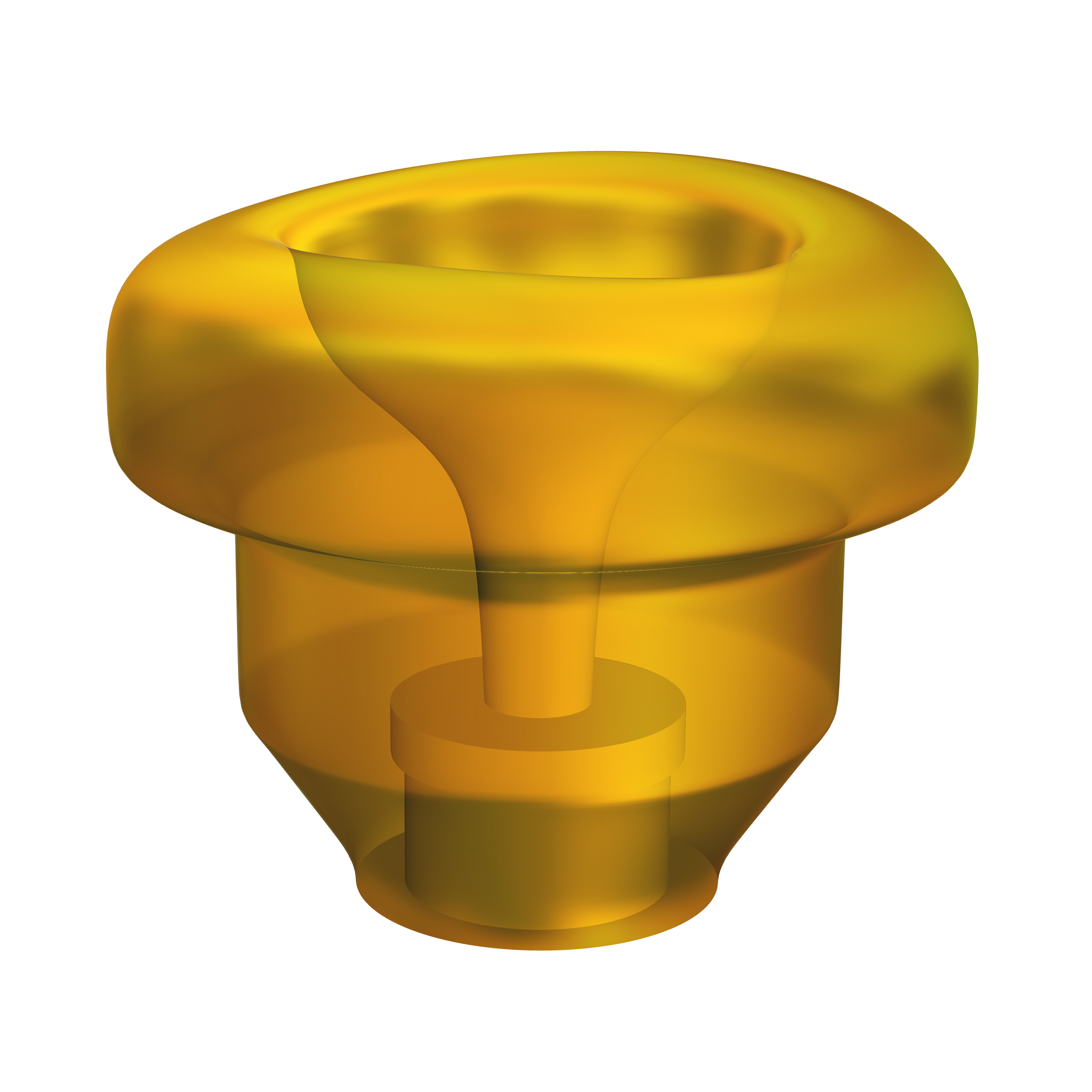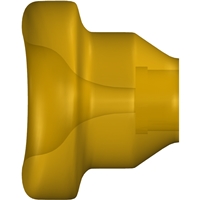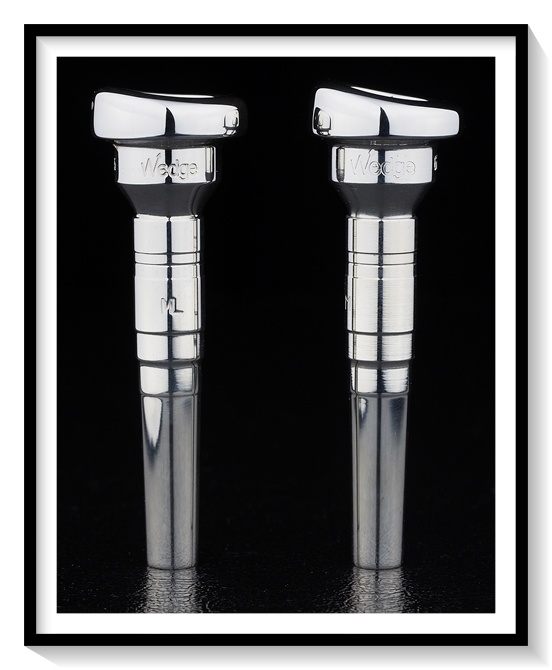Trumpet Rim Specifications
For example a 66 series rim measures 0.660 inches at that specific point. Keep in mind that manufacturers measure their rim sizes at different points, so the ID often does not translate between brands.
The following rules are not a code written in stone - more of a guideline really:
* Diameters 66 to 68 are the sizes most often used for "legit" playing. These correlate roughly with Bach 7 to Bach 1-1/4 rim diameters (See comparison tables for details). The larger sizes of 67 and 68 are for strong players with well developed embouchures and good range and endurance.
* Diameters 65 to 63 are mostly used for more commercial playing, pit, pops, salsa, and piccolo trumpet. The 65 and 64 rims can also be good for players who have some challenges with endurance, but still want a dark sound.
For a detailed description of the Wedge rim shape please visit the Wedge Design page.




* A very low horn angle that makes it difficult to project your sound
* Too much pressure on your top or bottom lip
* Neck discomfort from tilting your head forward or back trying to correct your horn angle
* TMJ (temporomandibular joint) pain from thrusting your jaw forward.
* Difficulties forming and embouchure because of severe dental malalignment.

* Avoid distortion of inside of mouthpiece caused by bending backbore.
* Correct horn angle up or down depending on orientation.
* Balance pressure between top and bottom lip.
* Reduce strain and discomfort from pushing jaw forward.
* Angled rims are available as a stock item for trumpet, cornet, and flugelhorn.
* The angle can be 5° or 10°.
* The 5° angle is enough for most players.
* If you are uncertain what angle you need, Dr. Dave can give you personalized advice based off of a photograph of you playing, taken from the side.

